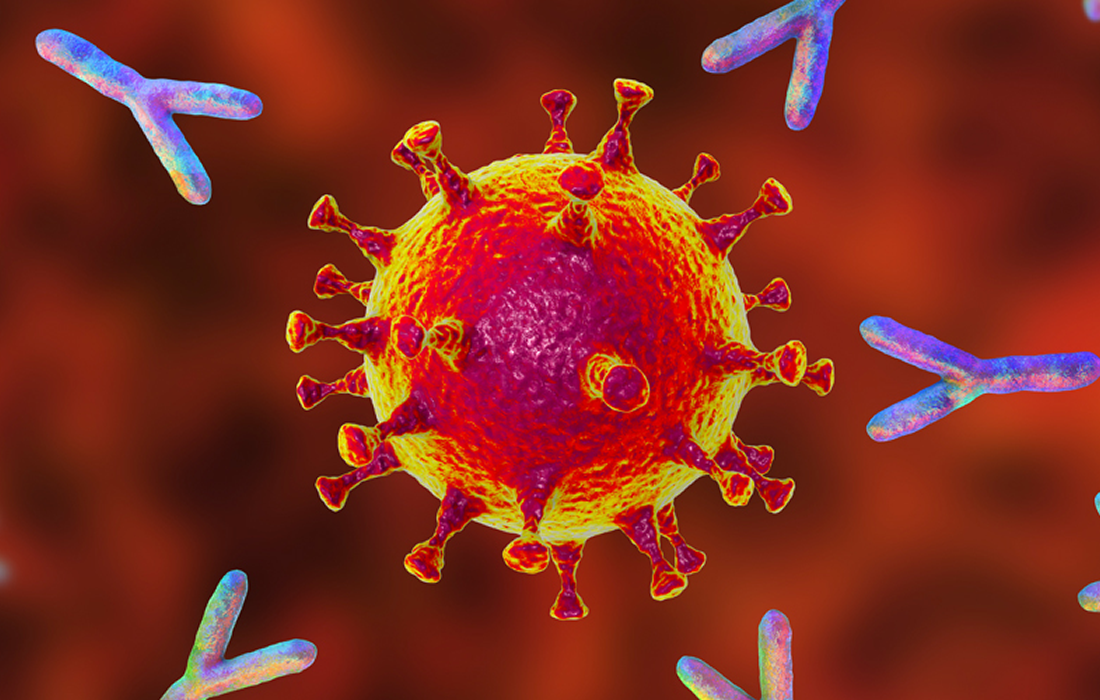COVID-19
Covid-19 and the Long Term Immunity
Generating immunity against the SARS-CoV-2 coronavirus is of the utmost importance for bringing the COVID-19 pandemic under control, protecting vulnerable individuals from severe disease and limiting viral spread. Another big question for researchers is for how long are we protected after being infected with SARS-CoV-2 and also with vaccination.
Our immune system protects us either through the reaction to infection or in response to vaccination. There is a consensus that the 2 main pillars of an antiviral response are immune cells called cytotoxic T cells, which can selectively eliminate infected cells, and neutralizing antibodies, a type of antibody that prevents a virus from infecting cells that is secreted by immune cells called plasma cells.
A third pillar of an effective immune response would be the generation of T helper cells, which are specific for the virus and coordinate the immune reaction. These cells are required for immunological memory, orchestrating the emergence of long lived plasma cells that can continue to secrete antibodies even when the virus has gone.
In the memory phase of an immune response, B and T cells that are specific for a virus are maintained in a state of dormancy, but are poised to spring into action if they encounter the virus again or a vaccine that represents it. These cells undergo changes in their DNA, named epigenetic modifications, that enable them to react rapidly to subsequent signs of infection and drive responses to eliminate the disease-causing agent.
B cells have a dual role: they produce antibodies that can recognize viral proteins and they can present parts of these proteins to specific T cells or develop into plasma cells that secrete antibodies. Plasma cells can also become memory cells and secrete antibodies for long-lasting protection, these cells can be maintained for decades or even a lifetime in the bone marrow.
Turner and colleagues evaluated patients that have recovered from covid (called convalescent individuals) to identify antibody-secreting memory plasma cells in the bone marrow. They were able to detect memory plasma cells that secrete antibodies specific for the spike protein of SARS-CoV-2 in 15 of 19 patients 7 months after infection. After 11 months they took another sample and found that the number of such plasma cells had remained stable. Their numbers equalled those of memory plasma cells found in the individuals after vaccination against tetanus or diphtheria, which provide long-term immunity to those diseases.
The same group of scientists tracked the concentration of antibodies against SARS-CoV-2 in blood serum for up to one year. They found that in the acute response around the time of the initial infection, the concentrations were high and subsequently declined because most plasma cells of an acute immune response are short lived. After a few months, the antibody concentrations remained at about 10-20% of the maximum observed.
SARS-CoV was originally identified in 2003 and caused severe acute respiratory syndrome (SARS) similar to SARS-CoV-2, and the continued presence of high concentrations of neutralizing antibodies in blood serum for more than 17 years was reported. Wang and colleagues’ results suggest that long-term immunity might also be expected for SARS-CoV-2.
Want et al, showed that the acute immune reaction extends even beyond 6 months. The memory B cells continuously enhance the reactivity of their SARS-CoV-2 specific antibodies through a process known as somatic hypermutation.
They also found that these same individuals’ immunity can be boosted even further by vaccinating them after a year. Resulting in generation of more plasma cells and an increase in the level of antibodies that was up to 50 times greater than before vaccination.
All of these findings are good news because they predict that infection with SARS-CoV-2 induces long term immunity in most individuals, preventing them from having severe disease and death if they get infected by the virus again. More studies need to be made in order to know if the same will happen with vaccination. But the results of these studies have shown results that bring a drop of hope in ending the pandemic.
Source:
https://www.nature.com/articles/d41586-021-01557-z

